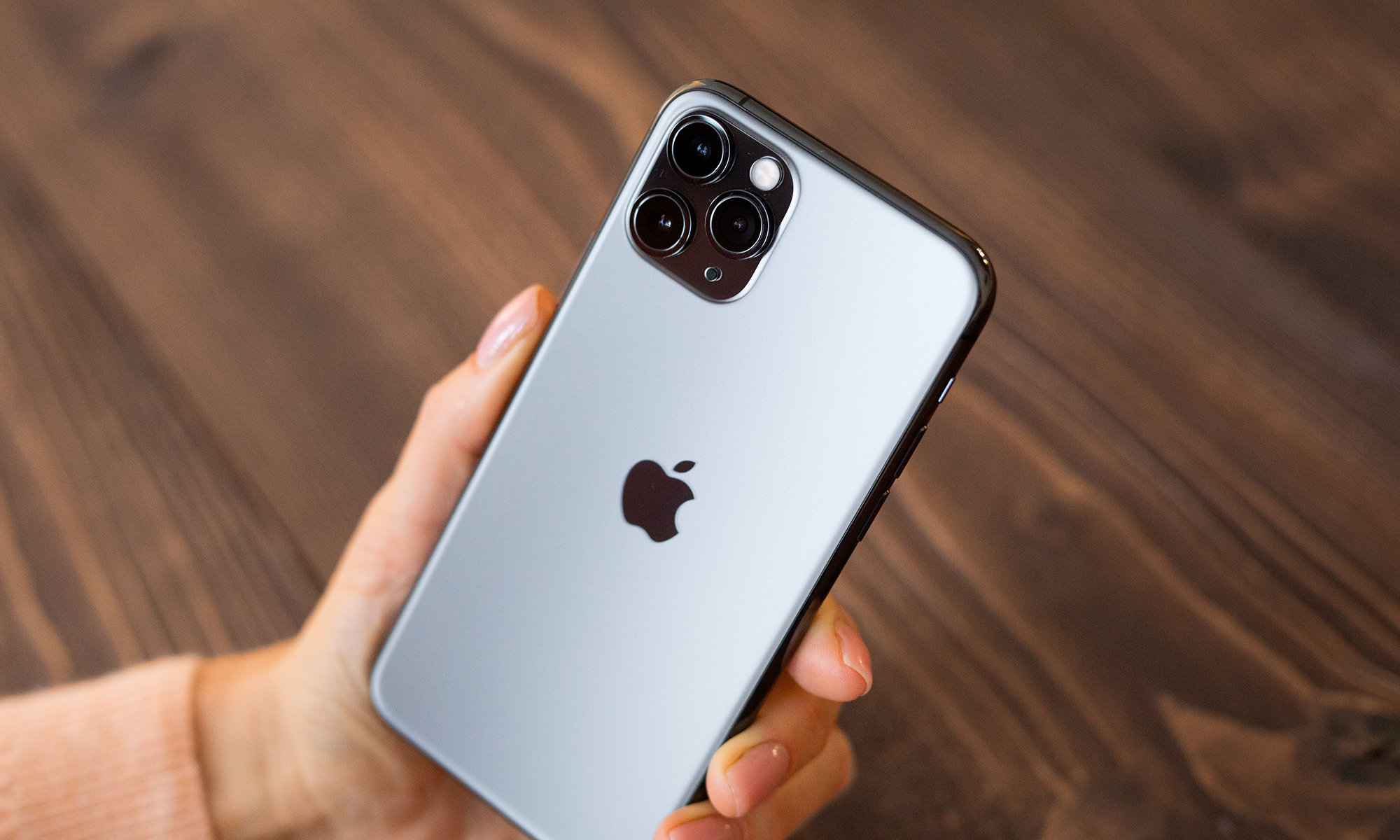
Image source: Apple.
It's well known that Apple's (AAPL 1.46%) iPhones come with just 16 gigabytes of storage for the base configurations. Although this has caused much chagrin among some consumers and smartphone reviewers alike, there is a very sensible business reason for this: upsell.
Indeed, Apple currently offers three storage tiers for its current-generation iPhones: 16 gigabytes, 64 gigabytes, and 128 gigabytes. For many users, the move from 16 gigabytes of storage to 64 gigabytes of storage can significantly improve the user experience, so they have traditionally been willing to cough up the extra money.
The iconic status of the iPhone, and the general smartphone boom, has allowed Apple to get away with this pricing scheme. However, it looks as though the harsh reality of weaker-than-expected iPhone 6s/6s Plus sales is forcing Apple to pull some additional levers in order to try to boost demand for the coming iPhone series.
32 gigabyte base model
According to a leak from Mobipicker (via Phone Arena), Apple's next-generation iPhones will be offered with 32 gigabytes of storage for the base models. Unlike 16 gigabytes, which can be pretty uncomfortable these days, 32 gigabytes of storage are likely to prove quite adequate for a good portion of potential iPhone customers.
I can see this as Apple's way of trying to court users of older phones with 16 gigabytes of storage; if all of the new technologies included in the phone aren't enough to justify an upgrade, perhaps the idea of additional storage in a state-of-the-art iPhone at a typical base price might be enough?
How does Apple drive upsell, though?
Including 32 gigabytes of storage in the base model is certainly going to weaken the case for some to move to higher tiers of storage. In fact, if Apple offers the 32 gigabyte models at the traditional entry-level prices and tries to sell 64 gigabyte models for $100 more, the relative value in moving up a tier from base actually looks worse than it has in previous years.
What I expect Apple will do in an attempt to drive upsell will be to, in fact, increase the amount of storage that it offers at each pricing tier. Instead of selling 16/64/128 gigabyte models, the new lineup could pack 32/128/256 gigabytes of storage.
Such a product segmentation plan would actually increase the amount of (perceived) value that the customer gets in paying the $100 extra, since that customer is now getting an additional 96 gigabytes of storage space for the money instead of just 48 gigabytes. This would also apply to the very highest tier as well, with the customer now getting 128 gigabytes of additional storage for $100 more rather than just 64 gigabytes more.
Customers win, Apple potentially catalyzes sales
Obviously, this move has the potential to impact Apple's blended gross profit margins on iPhone. The bill of materials across the board will go up as a result of the added flash memory, and Apple risks shipping a weaker mix of products as customers that may have previously felt forced to go with the 64 gigabyte models may now be content with the base 32 gigabyte models.
Nevertheless, even if per-unit device margins go down, such a move has the potential to drive higher overall unit volumes. Apple ultimately needs to maximize total gross profit dollars during the product cycle, and this is a function of both unit volumes and per-device margins.
Apple has no choice but to start accelerating the amount of value it delivers to its customers, and eliminating the nagging "16 gigabytes of base storage" problem is certainly a good place to start.






